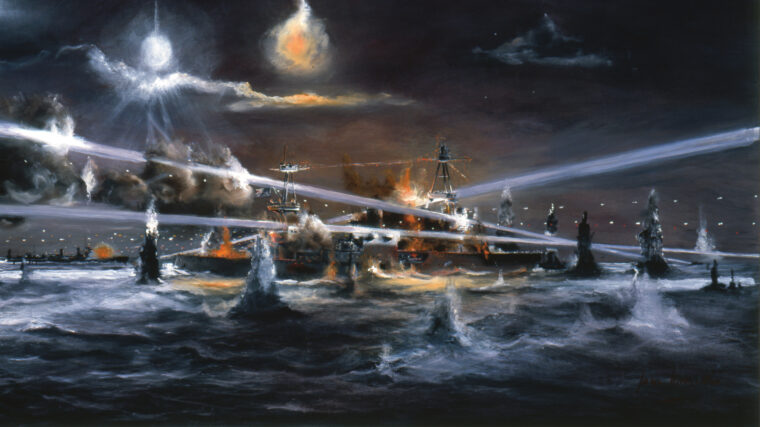
Japanese
The USS Houston and the Battle of Sunda Strait
By A.B. FeuerThe heavy cruiser USS Houston ventured into the Sunda Strait off the coast of Java on the dark night of February 28, 1942, and was never heard from again. Read more

Japanese
The heavy cruiser USS Houston ventured into the Sunda Strait off the coast of Java on the dark night of February 28, 1942, and was never heard from again. Read more
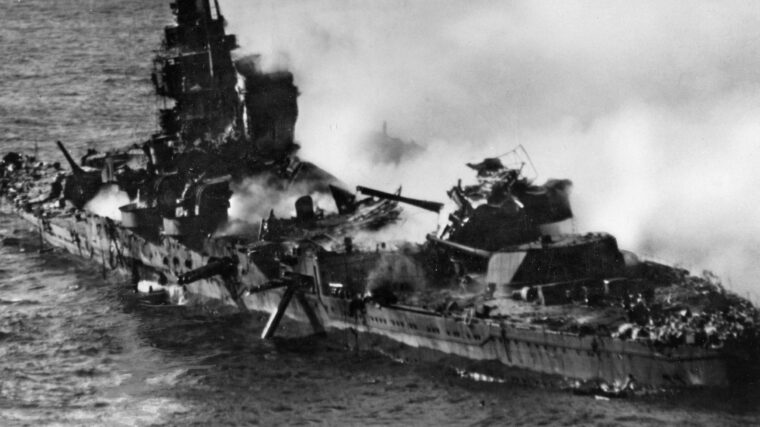
Japanese
By Christmas 1941, Robert Hunt, torpedoman on the submarine USS Tambor, had witnessed the Japanese bombing of Wake Island, had slept in the Tambor’s forward torpedo room on the way back to Pearl with a bomb-induced leak bubbling in the corner, and had stood on his sub’s bow and seen the devastation of Battleship Row as debris in the oil-slicked harbor bumped against the hull. Read more
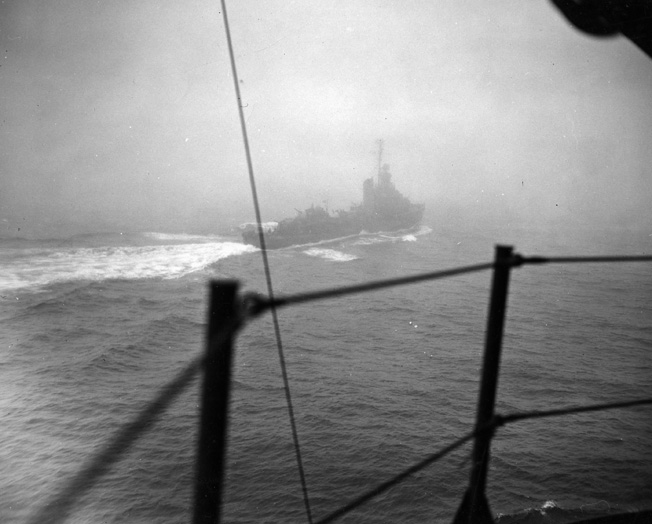
Japanese
Stanley Johnston, a reporter for the Chicago Tribune accredited to the Navy as a correspondent, had made two forays into the South Pacific aboard the aircraft carrier Lexington. Read more
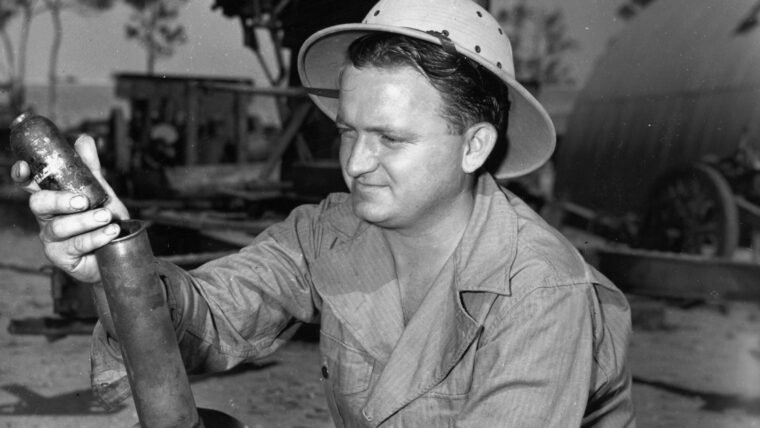
Japanese
When it came to weapons production, the Imperial Japanese Army’s requirements often came in second to the needs of the Imperial Japanese Navy. Read more
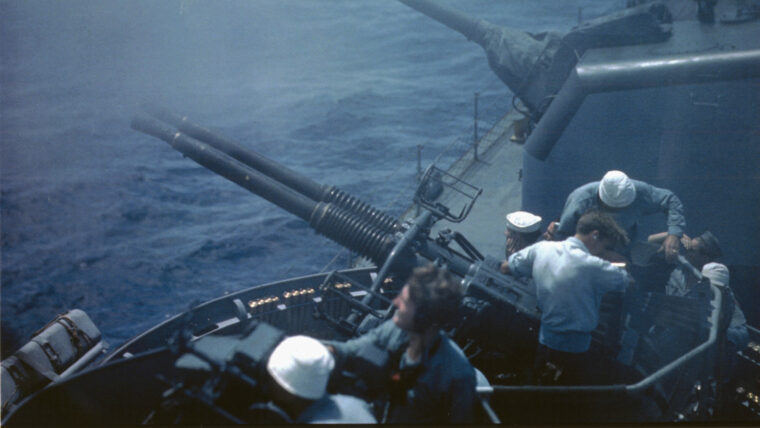
Japanese
The 18-year-old seamen bobbed in the oily waters off the Philippine coast with other survivors of the October 25, 1944, battle. Read more
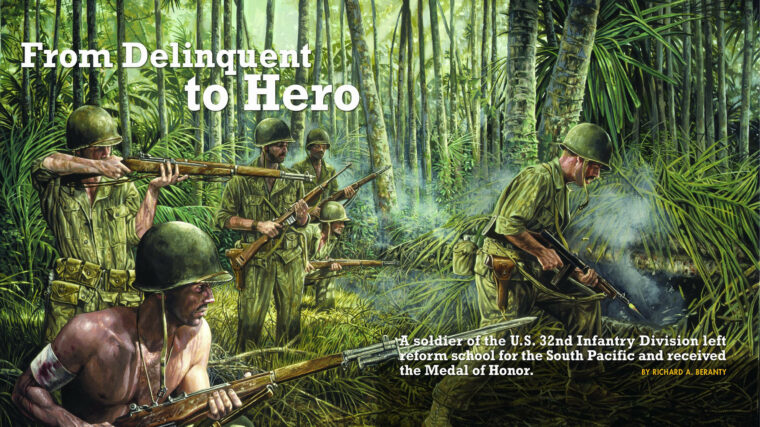
Japanese
Donald R. Lobaugh was a juvenile delinquent, a kid sent to reform school when he was 16 years old. Read more
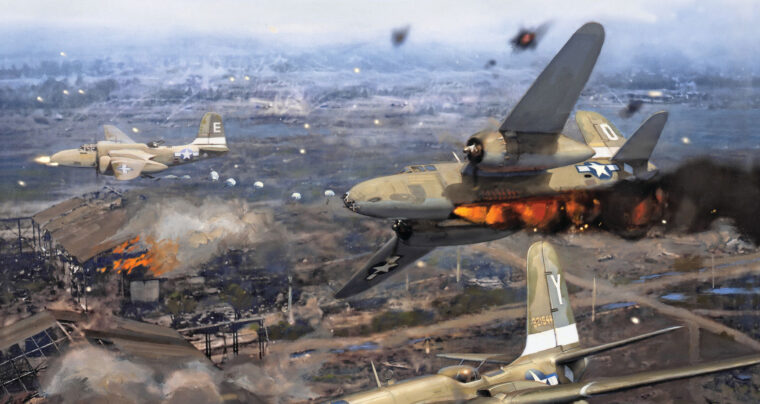
Japanese
General Douglas MacArthur, Supreme Allied Commander Southwest Pacific Area, kept his promise to return to the Philippine Islands when his Sixth Army under the command of Lt. Read more
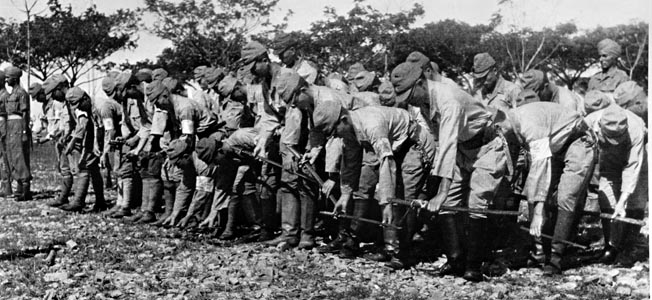
Japanese
When Commodore Matthew C. Perry sailed out of Tokyo Bay after his historic visit in 1854, he left in his wake a desire among the Japanese to emulate all things Western. Read more
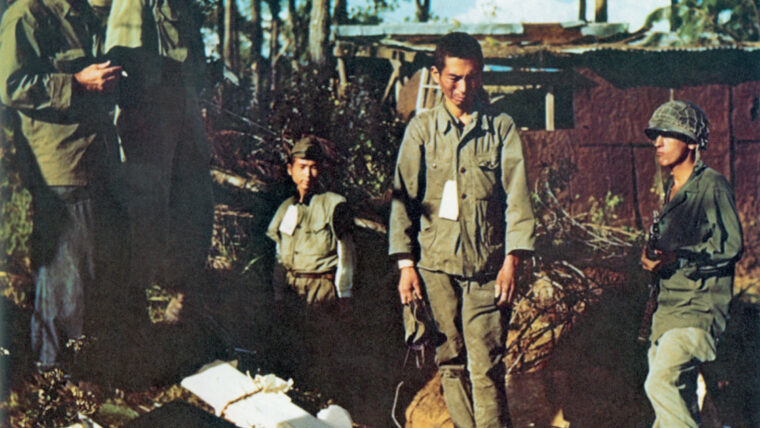
Japanese
The Japanese empire was a fine place for young Hiro Onoda. In 1939, at age 17, he hired on with a lacquerware company that posted him to Hankow (Wuhan) in Japanese-occupied China. Read more
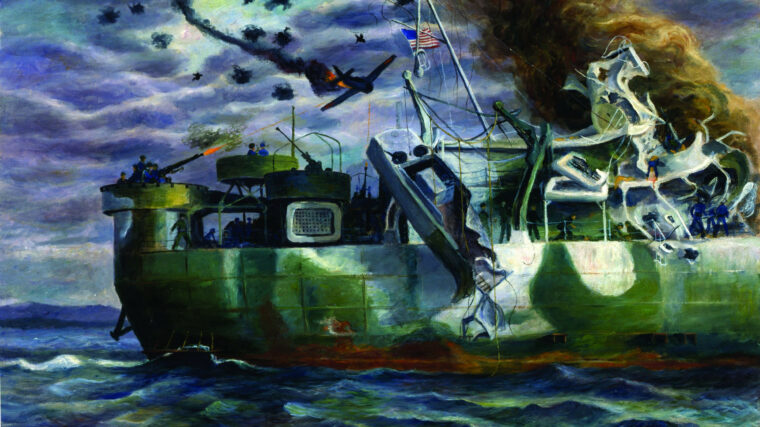
Japanese
More than 60 years ago, in April 1945, the war in Europe was winding down to its inevitable conclusion. Read more
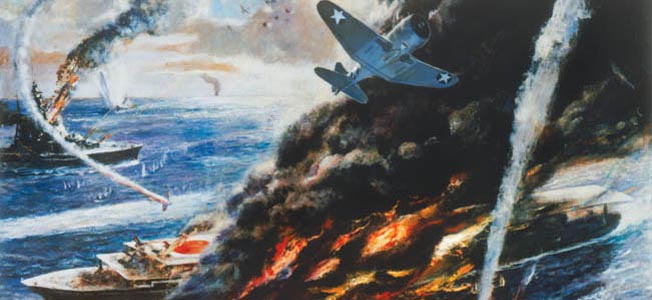
Japanese
Since 1931, Japan’s army had asserted control over territory on the continent of Asia, brushing aside Chinese resistance, condemnation and political pressure from other nations, and most recently, the Allied military. Read more
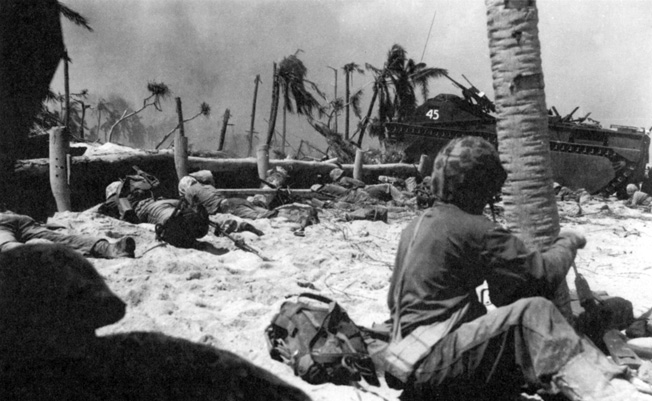
Japanese
Colonel Merritt A. Edson, the 2nd Marine Division’s chief of staff, and Colonel David M. Shoup designed a simple plan to seize Betio—land along its northern beaches, drive straight across the narrow island, and kill the defenders. Read more
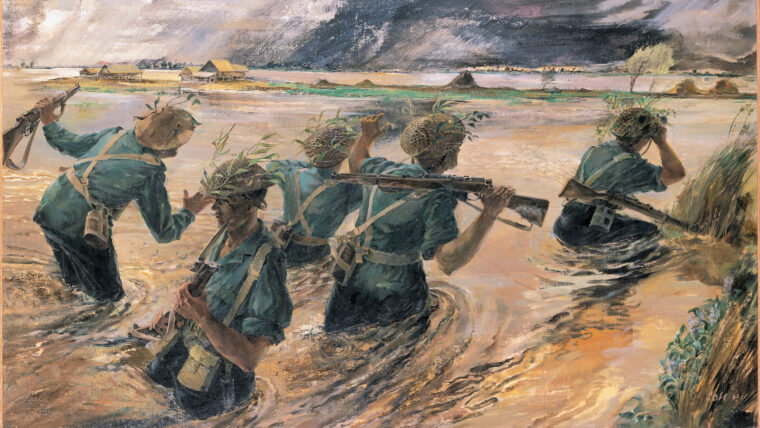
Japanese
The battles of Kohima, Imphal, and the Admin Box saw the comprehensive defeat of the Japanese armies seeking to invade India during 1944 and sent them reeling back into Burma in early 1945, pursued by the revitalized British 14th Army under Lt. Read more
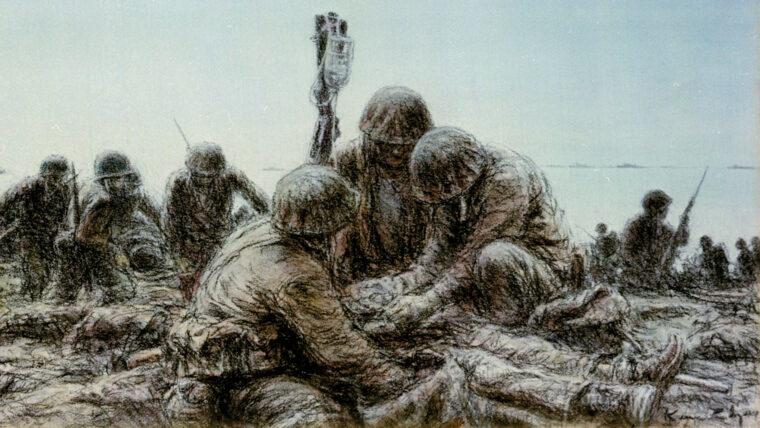
Japanese
Stan Bowen spent the entire war in the U.S. Navy as a pharmacist’s mate, first in the operation at Tarawa, then Saipan and Tinian. Read more
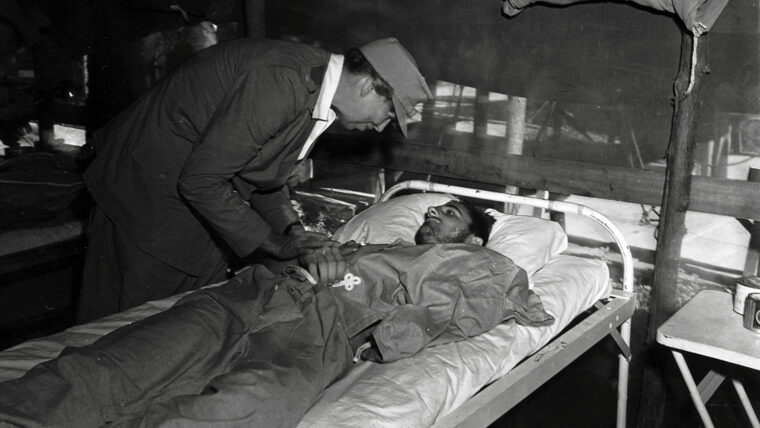
Japanese
On Sunday December 7, 1941, First Lady Eleanor Roosevelt hosted a luncheon for 31 people at the White House. Read more
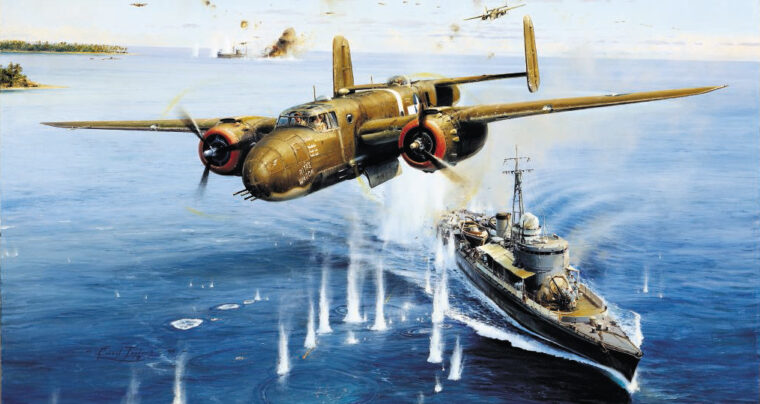
Japanese
Most military historians consider the Battle of Midway to be the turning point of World War II in the Pacific. Read more
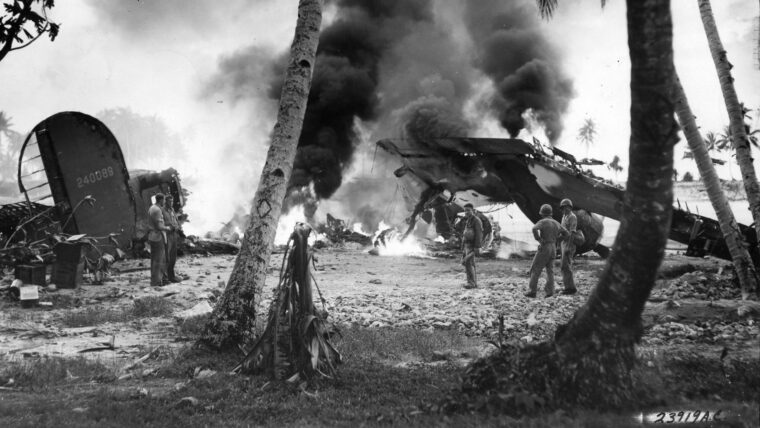
Japanese
Consolidated B-24 Liberator bomber crews of the U.S. 11th Bombardment Group spent the first three months of 1943 organizing on Hawaiian airfields and flying practice and patrol missions around the islands. Read more
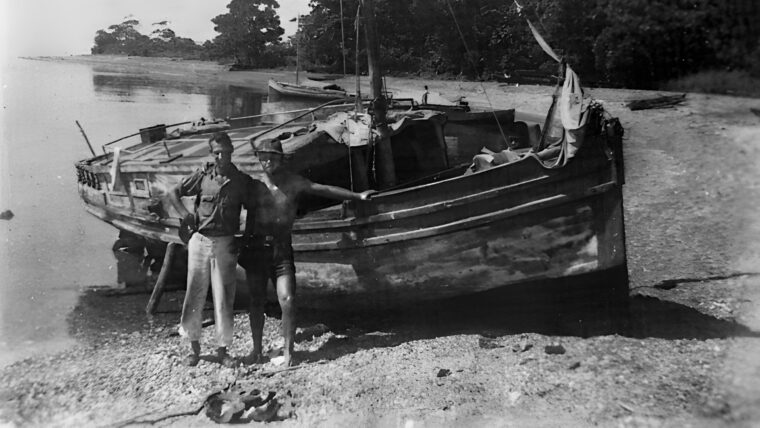
Japanese
Most Americans were surprised by the Japanese attack on pearl Harbor, but the military had known that war with Japan was inevitable. Read more
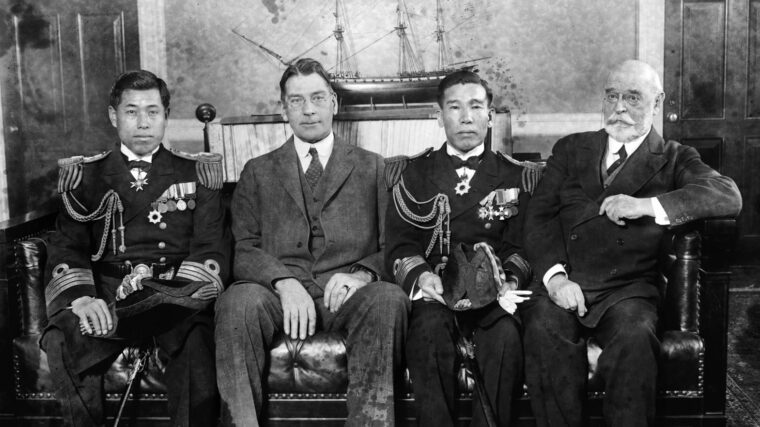
Japanese
Brave, urbane, and complex, Admiral Isoroku Yamamoto was Japan’s greatest naval strategist and the architect of one of the most stunning achievements in the history of modern warfare. Read more
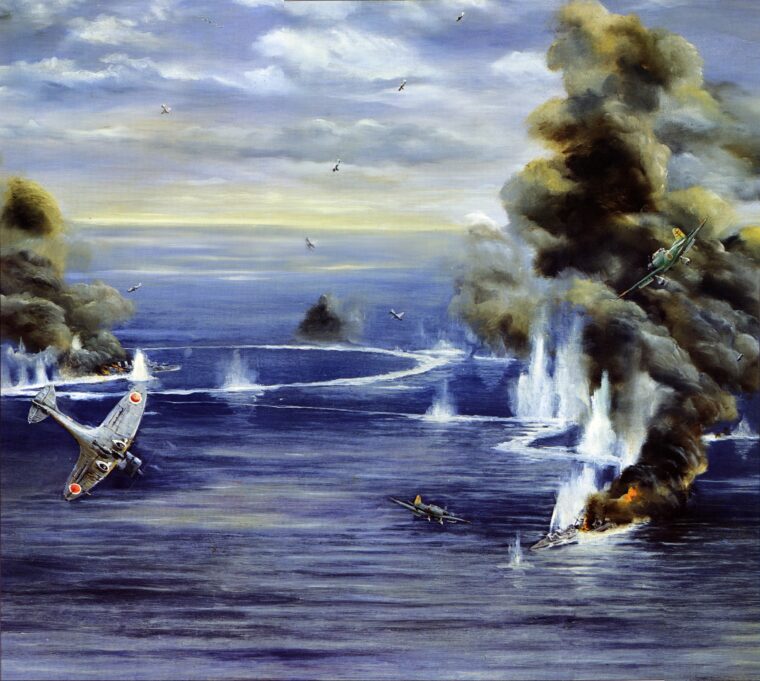
Japanese
“So this is the Eastern Fleet,” ran Vice Admiral Sir James Fownes Somerville’s signal. “Never mind. Many a good tune is played on an old fiddle.” Read more